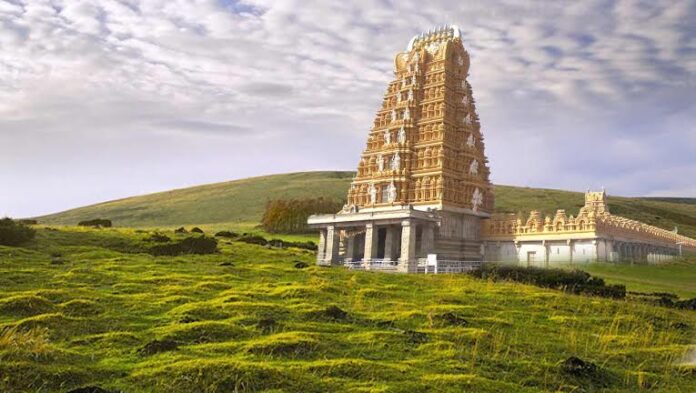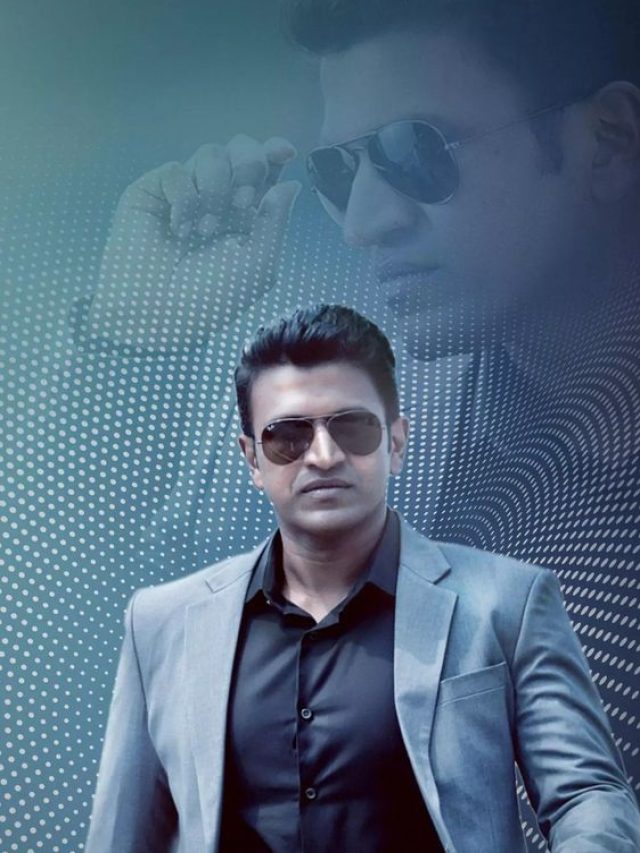Table of Contents
About 25kms from Mysore you find Nanjangud, a well-known and ancient pilgrimage center. This is also famous due to the temple that is dedicated to Lord Shiva.
Nanjunda means that who consumed poison. This legend is related to the ocean churning when Lord Shiva had to consume haalahala. Nanjunda had become Vish kanta and Srikanta for digesting it. That is one reason this deity is also called ‘Srikanteshwara’, the one who can cure diseases.
This town is situated on the banks of the Kabini River, or Kapila. A dip in this river is considered to be a lot more meritorious than even a dip in the Ganga. This river is hailed as Dakshina Kashi. Besides this, the soil and the water around this river are known to have ‘curative’ properties.
More about Srikanteshwara Temple
This temple of Srikantehwara of Nanjangud is one of the biggest temples in the state of Karnataka. This measures around 385ft by 160ft. The total area works out to be 50,000 sq.ft. The main entrance (maha dwara) is 7 storeys high. This is decorated with 7 Kalasas that are plated in gold. This adds another 3 meters to the loftiness as it is flanked by 2 horns.
The outer walls of this temple are around 12ft in height. Hundreds of pilgrims are welcomed in the Prakara (spacious courtyard) . This courtyard offers a galaxy of stucco figures. You also find around 122 images, which include the Dipkalas. Besides which, you find different sculptures that relate to Lord Shiva and his different manifestations, different forms of Saptamatrikas, Subramanya, and more.
In the many bronze icons seen here, you find the Tandeshvera, a very prominent one. You have Bhudevi and Narayana, Parvati, Chandrashekarmurti, Chandikeshvara and a lot more.
On the inner niches of the wall of the temple you find 32 forms of Lord Ganesha that are eulogized in Mudgala Purana. Each one of these is very enchanting. This monument of the temple is centrally protected.
History of Srikanteshwara Temple
As the local legends state the foundation of this temple was laid by Sage Gauthama. This was done by the installation of the Linga . The Gangas, in the 9t century, built a square garbhagriha. The Hoysala pillars and the Ganpathi statue are of the 13th century.
The Vijayanagara period architects added to this structure by the addition of Narayana and Parvathi shrines. The stucco shikara is also of this period. The Queen of Wadiyar III built the gopuram of 9 storeys that is Dravidian style in 1849.
In the temple complex you also find the stone bull. This was built in 1644 by Dalavayi Vikramaraya. There are contributions made to this temple by also Hyder Ali and Tipu Sultan.
There is a dining hall in place of Shivakuta.
Architecture of Srikanteshwara Temple
This temple traces the architecture of different times. Overall, this has a Dravidian style of architecture. It was during the time of the Gangas or the Cholas the garbhagriha was built. In the 13th century the anterior mandapa was added.
It was during the time of the Vijayanagara period the next stage of construction took place. The gopuram of the brick and mortar was added somewhere in 1845. This gopuram stands up to 7ft and has 7 tiers. There are 7 kalasas gold plated standing over the gopuram. Each of these is almost 10ft tall.
The Saiva sculptures are crafted from metal and stone and how Lord Shiva in different poses. There is a stone sculpture of Krishnaraja Wadiyar III along with his 4 wives. He gifted the temple 2 wooden chariots and a silver horse among other things.
Festivities at Srikanteshwara Temple
Many religious festivals are held here. Devotees from Vaishnava and Srivaishnava sects come together here during the Annual Panchamaha Rathotsava. The highlight of this festival is the 5 chariots.
The first of the chariots is the Ganapathi Ratha. This is followed by Chandikeshwara Ratha, Gautama Ratha, Subramanya Ratha and Parvathi Ratha.
Devotees go for a dip in the Kapila River before paying a visit to the temple during Mahashivratri.
Reaching Srikanteshwara Temple, Nanjanagud
By Rail
The Nanjangud station is only a 12 minute walk from the temple.
By Air
Mysore Airport is at a distance of 15.4 km and this can work out a comfortable option. You can get a taxi to the temple.
By Road
Nanjanagud is connected to different places by local buses.
Sri Srikanteshwara is worshipped with Abhisheka and a Puja. The Full moon day, New Moon Day and Monday hold special significance. A grand celebration of the Shiva and Parvati marriage is held in the month of July (Girija Kalyana). It is a rare sight to watch both these deities dressed in the best of clothes and jewellery.
Three of the five chariots are pulled on the Chikka Jathra occasion held in November (Vrishchika). All the 5 chariots are pulled in April during the Panchamaharathotsava. This festival lasts for nearly 10 days.
Navrathri and Maha Shivrathri are also celebrated on a grand scale here.
Reasons for worshipping at the Srikanteshwar Temple
Sri Nanjundeshwara is worshipped as the Royal Physician – Raja Vaidya. There is a belief that He can cure diseases of those who are devoted to him and worship him. Devotees pray here so that the sins of their past are absolved. They ask for forgiveness of sins that were unknowingly committed.
Facts about the Srikanteshwara Temple
Main Deity – Shiva
Temple Timings – 6.00 am to 1.30 pm and 4.00 pm to 9.00 pm. This is Monday to Saturday. On Sunday you can visit this temple anytime from 6.00 am to 10.00 pm.
Best Time to Visit Srikanteshwara – October
Entry Fee – Free
Duration of Visit – 1 to 2 hours.
This temple is considered a ‘must’ visit for the devotees of Lord Shiva. You get a divine feeling when you are taking a tour of this temple. You feel blessed. This temple also works out well for those who love history or architecture. The next time you plan a visit to South India, make sure you include Srikanteshwara Temple in your places to visit.






















